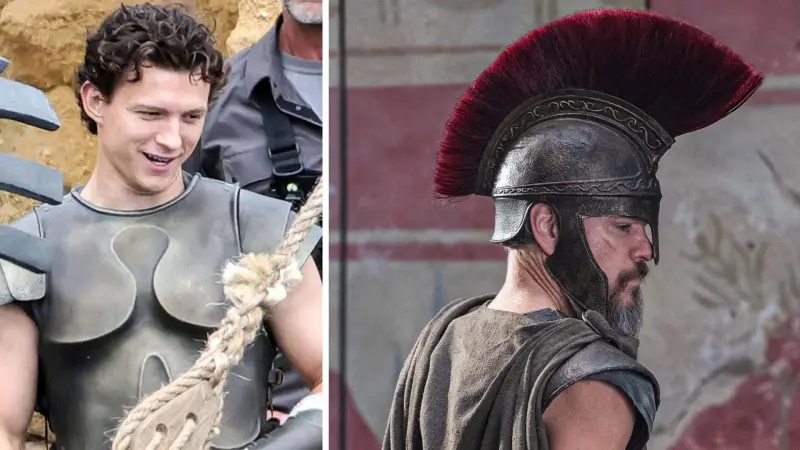Introduction
The use of war elephants in ancient Indian warfare was a defining feature of military strategy and battlefield dominance. From the Vedic period to the early medieval era, elephants played a critical role in shaping the tactics, logistics, and psychological aspects of warfare. Revered for their strength and symbolism, these majestic creatures were integral to the armies of Indian rulers, influencing both indigenous and foreign military traditions.
Historical Background
The earliest recorded use of war elephants in India dates back to the Vedic period (c. 1500–500 BCE), with literary references in texts such as the Rigveda and Mahabharata. By the time of the Maurya Empire (c. 321–185 BCE), the systematic deployment of elephants in battle had become a well-established practice. Chandragupta Maurya, the founder of the Mauryan dynasty, maintained a massive elephant corps, which was later expanded by his grandson, Emperor Ashoka. The Arthashastra, attributed to the Mauryan minister Kautilya, provides detailed instructions on the training, care, and deployment of war elephants.
Role and Function in Warfare
Tactical Superiority:
War elephants functioned as mobile fortresses, breaking enemy lines with their sheer mass and force.
They were often used as shock troops to disrupt infantry and cavalry formations.
Psychological Warfare:
The presence of elephants instilled fear in enemy troops, especially those unfamiliar with their use.
Trumpeting, stampeding, and sheer size created chaos in the ranks of opposing forces.
Defensive and Offensive Capabilities:
Elephants were armored with iron-plated headpieces and tusk-mounted blades to maximize their impact.
They were often positioned at the frontlines or used as defensive walls to protect vital sections of the army.
Logistical and Strategic Importance:
Elephants were utilized for carrying heavy war supplies, siege equipment, and even commanders in battle.
Their ability to navigate dense forests and difficult terrains gave Indian armies a strategic edge.
Notable Battles Involving War Elephants
Battle of the Hydaspes (326 BCE):
King Porus used war elephants against Alexander the Great’s army, significantly impacting the battle's course despite the eventual Greek victory.
Mauryan Expansion:
Chandragupta Maurya’s successful campaigns against the Nanda Empire and Seleucid forces were bolstered by an extensive elephant corps.
Gupta and Chola Dynasties:
The Guptas continued to employ war elephants effectively against invading Huns and local rivals.
The Cholas used elephants in their naval expeditions, reinforcing their dominance in South Asia.
Decline and Legacy
Despite their effectiveness, war elephants gradually became less dominant with the advent of gunpowder and modern military technologies. The rise of cavalry and artillery in the medieval and early modern periods diminished their battlefield utility. However, their legacy endured in military traditions, religious iconography, and cultural symbolism across India and Southeast Asia.
Conclusion
War elephants were a cornerstone of ancient Indian military strategy, offering unparalleled advantages in battle. Their deployment reflected not only tactical ingenuity but also the grandeur and power of Indian rulers. Though their direct military application faded over time, their impact on warfare and their lasting cultural significance remain undeniable.







